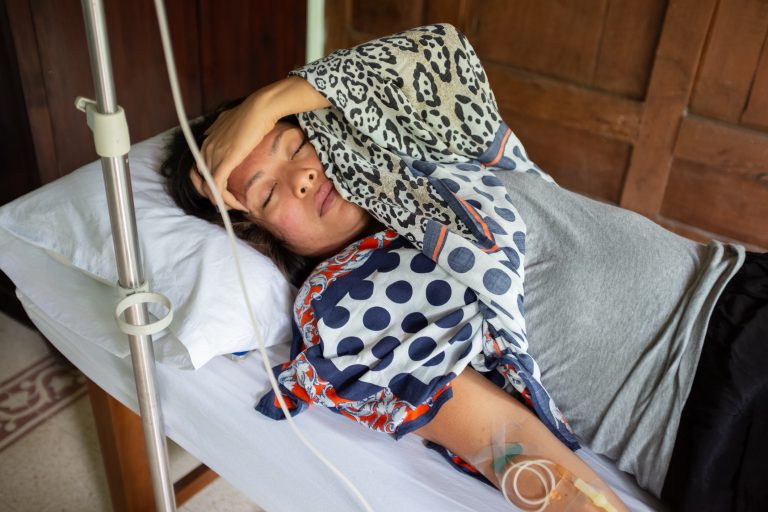
Giving blood containing antibodies against the virus from people who have recovered from COVID-19 to patients with serious SARS-CoV-2 infection is safe and could reduce their risk of dying from the virus, suggest new study findings.
Although most people infected with COVID-19 have mild-moderate symptoms, around 14% develop more serious disease and need to be hospitalized. In hospitalized patients with COVID-19, who generally have more serious infections, the mortality rate can be as high as 50% if they need to be ventilated or admitted to an intensive care unit.
Clinicians and researchers from the Mayo Clinic treated a diverse group of 20,000 patients hospitalized with serious COVID-19 and at risk of severe disease, by infusing them with blood plasma donated by recovered patients containing antibodies against the virus. The study is part of the FDA’s early access program, which is being led by the Mayo Clinic, but includes 10 organizations from around the US.
In this analysis, which was published in the journal the Mayo Clinic Proceedings, the average mortality rate was 8.6% after a week, although this varied when the group was subdivided further. Generally, patients who became more unwell had a higher mortality rate. For example, 7-day mortality was 10.5% in those admitted to intensive care vs 6% in those that did not require this.
The team already reported safety data on the first 5000 patients of the 20,000 that received convalescent plasma. Notably, they found that the average mortality rate had gone down from 12% in the first group to 8.6% in the larger group, which they believe might be due to patients receiving plasma at an earlier stage.
“Convalescent plasma may be associated with improvement in survival; however, this report does not establish efficacy,” emphasize the authors, who say further analysis is needed to establish if the treatment is effective or not.
For example, they think that the 15,000 additional patients recruited into the study may have had less severe disease, which could also explain why the average mortality rate was lower. They also acknowledge that treatment of these patients may have improved with time, as medical staff are now more knowledgeable about the virus than they were previously.
The rate of serious adverse reactions was less than 1% in response to the transfusions. There were 89 transfusion reactions, 87 cases of some sort of blood clot or thrombosis, and 680 cardiac events in the group. However, the researchers assessed these symptoms and believe that the majority (55 clotting events and 562 cardiac events) were not linked to the transfusions.
The researchers believe their results are representative of most patients with more serious COVID-19. The cohort in this study included people of a wide range of ages and from different ethnic backgrounds: 20% were African Americans; nearly 35% from a Hispanic background and 5% were of Asian origin. There was also a good gender balance with 39% women and 61% men. More than 80% of patients treated were overweight or obese.
“Our efforts to understand convalescent plasma continue,” says Michael Joyner, MD, who is leading the early access program at the Mayo Clinic and is also lead author of the article. “We’re optimistic but must remain objective as we assess increasing amounts of data.”
The early access program researchers will next try to establish efficacy for this experimental treatment, which continues to be rolled out on a wide scale.













